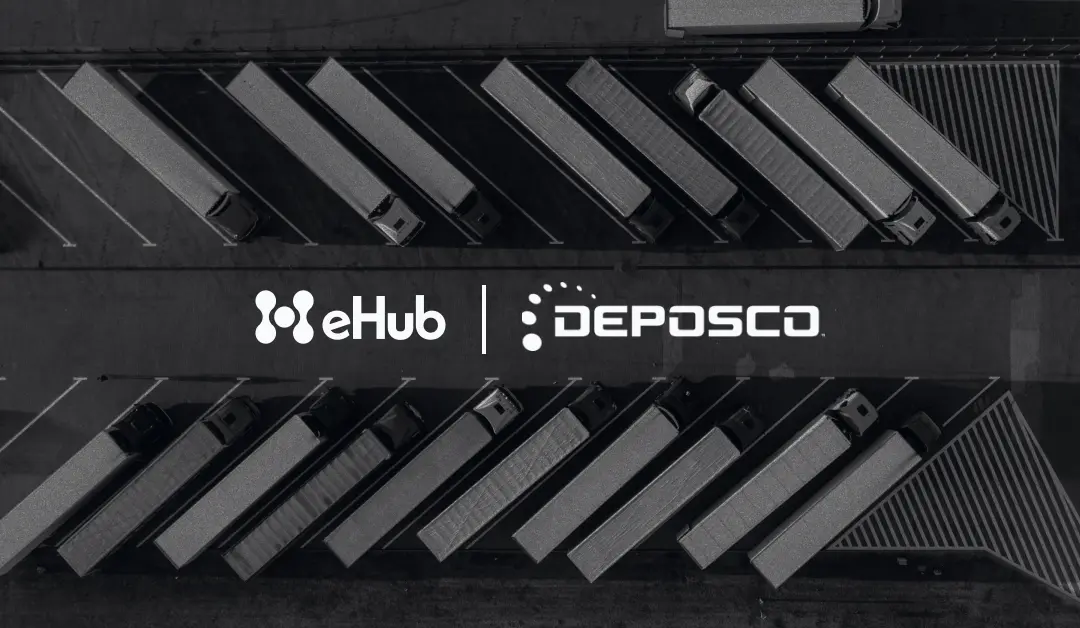Learn what Priority Mail is, what it does best, and who can save the most by using it for shipping.
Finding the lowest prices, fastest delivery times and best service for your customer shipments can be complicated—especially when carriers offer multiple service options.
Shipping services can be challenging to sort through to find a good fit, and USPS Priority Mail is no different. It includes multiple distinct shipping methods with optimal uses and cost structures.
But if used strategically, USPS Priority Mail offerings can provide you with a competitive edge. Here’s how.
What Is USPS Priority Mail?
Priority Mail is the USPS’s top-tier shipping service. It offers faster delivery (one to three business days), along with a host of other benefits, including:
- Free Package Pickup or Pickup on Demand
- Up to $50 of insurance coverage for free
- Free package tracking
- No additional fees for fuel, residential/rural deliveries, or deliveries on Saturday
Priority Mail can ship packages to international destinations and overseas US military post offices. Best of all, using Priority Mail doesn’t have to be time-consuming or costly; by using eHub’s API and native integrations, it’s possible to save time and reduce shipping costs.
The Priority Mail category breaks down into several distinct shipping methods, each with its own advantages, pricing structure, and specific requirements that have to be met to use:
- Standard Priority Mail
- Priority Mail Flat Rate
- Priority Mail Cubic
- Priority Mail Regional
- Priority Mail Express
Standard Priority Mail
This primary option functions similarly to standard shipping but with the added perks of Priority. You bring your own box, and shipping costs are based on package weight and delivery distance. Despite the similarities, however, there are additional requirements to get the service upgrade:
- No package larger than 108” in combined length and girth (the length of the longest side, plus the distance around its thickest part)
- No package weighing more than 70 pounds
Finally, some large, lightweight packages shipped via standard Priority Mail may be subject to additional “dim” charges.
This standard method, though, is the most negligible advantageous way to use the program. It’s a better service, but it’s also a cost increase. One of the following shipping methods is usually a better fit.
What Is USPS Priority Mail Flat Rate?
Flat Rate is built around specially marked packaging of various types and sizes, each with a prest “flat-rate” cost. If it fits in the box, and the total weight is at most 70 pounds, it ships for the cost of the packaging, regardless of actual weight or distance.
PACKAGE REQUIREMENTS
- Use the USPS-provided packaging
- The box can be closed properly
- 70-pound maximum
PROS
- Boxes are provided
- Easy-to-calculate shipping costs
- Heavier packages cost the same
CONS
- Cannot use branded packaging
- No savings for lighter packages
- Limited packaging options
Special Considerations
- The USPS provides a variety of flat-rate containers to choose from, allowing you to pick the packaging that fits the shipment and pay accordingly.
- Package rates range from about $7 to $20, depending on the container used
- “Prepaid Forever” Flat Rate containers function like forever stamps; purchase the box in advance and never worry about a flat rate price increase.
Optimum Use Cases
Shippers save the most using flat rates when shipping heavier items that fit the box, especially if the package needs to travel a great distance. For smaller items, especially those weighing less than 20 pounds, a flat rate may not be an optimal choice.
What Is USPS Priority Mail Cubic?
Cubic offers reduced prices for small packages that weigh less than 20 pounds. Costs are based on package volume and delivery distance, benefiting small-yet-hefty shipments.
PACKAGE REQUIREMENTS
- Less than 20 pounds
- .5 cubic feet max volume
- No side measures more than 18”
- 50K annual shipment minimum (but see below for a way around this)
PROS
- Heavier packages save up to 50%
- Branded packaging can be used
CONS
- Packaging not provided
- Volume calculations required for price
- Requires high shipping volume (or the right partner)
Special Considerations
Priority Mail is the USPS’s top-tier shipping service. It offers faster delivery (one to three business days), along with a host of other benefits, including:
- Cubic works best for packages that are roughly shoebox-sized
- Like Flat-Rate, save more shipping envelopes, bags, and sacks with Cubic Softpack
- Partnering with a shipping aggregator allows low-volume shippers to qualify
Optimum Use Cases
Priority Mail Cubic is exceptionally cost-effective for small, heavy packages, especially when traveling a shorter distance.
Most SMBs aware of the program think they can’t reach the 50k shipment minimum. With eHub as a partner, however, you can use cubic since your shipments are combined with the batch we send their way, qualifying them for the program.
Learn how we’ve helped our customers streamline and optimize their shipping programs.
What Is USPS Priority Mail Regional?
According to USPS, Priority Mail Regional “combines the speed and convenience of Priority Mail shipping with zone pricing to reduce costs.” Like flat rate, it uses designated USPS boxes, but prices are based on distance, resulting in discounts for closer destinations.
PACKAGE REQUIREMENTS
- Use provided packaging
- Doesn’t exceed max weight (15 lbs. for Box A, 20 lbs. for Box B)
PROS
- Closer deliveries = better rates
- Packaging provided
CONS
- Online-only program
- Cannot use branded packaging
- Less useful for longer distances
- Fewer package size options
Special Considerations
- Only four box sizes (two each of Box A and Box B)
- Boxes must be ordered online
- No soft pack option
using Priority Mail doesn’t have to be time-consuming or costly
Optimum Use Cases
Since prices are based solely on distance, regional works best for shipments with higher weights and similar dimensions to cubic, but don’t need to travel far—fewer benefits for smaller, lighter, or further-traveling packages.
What Is USPS Priority Mail Express?
Express is the USPS’s domestic overnight and second-day service, delivering to most US addresses 365 days a year.
PACKAGE REQUIREMENTS
- Use official Priority Mail Express packaging
- 70-pound maximum)
- Combined length and girth don’t exceed 108”
PROS
- Packaging provided
- Next-day and second-day delivery guaranteed
- Delivers even on Sundays and federal holidays
- Signature delivery confirmation included
CONS
- Most expensive option
- Cannot use branded packaging
Special Considerations
As an extension of standard Priority Mail, it comes with many of the same requirements and is subject to dim charges when applicable.
Optimum Use Case
Express is best for time-sensitive deliveries, where the importance of speed outweighs cost. That said, the lighter the shipment and shorter the distance, the less expensive it will be.





